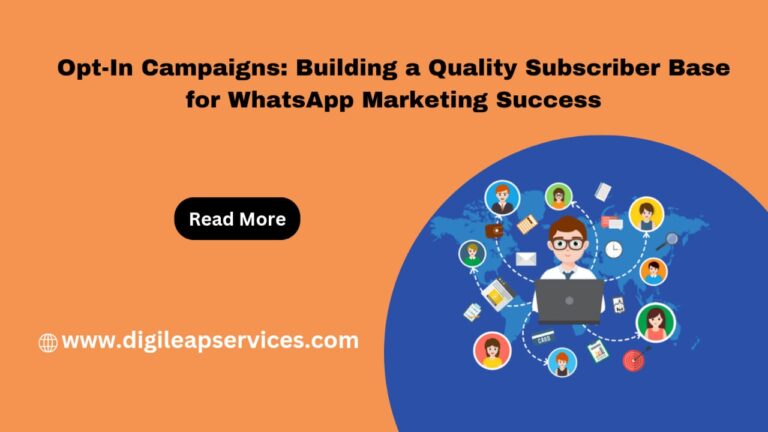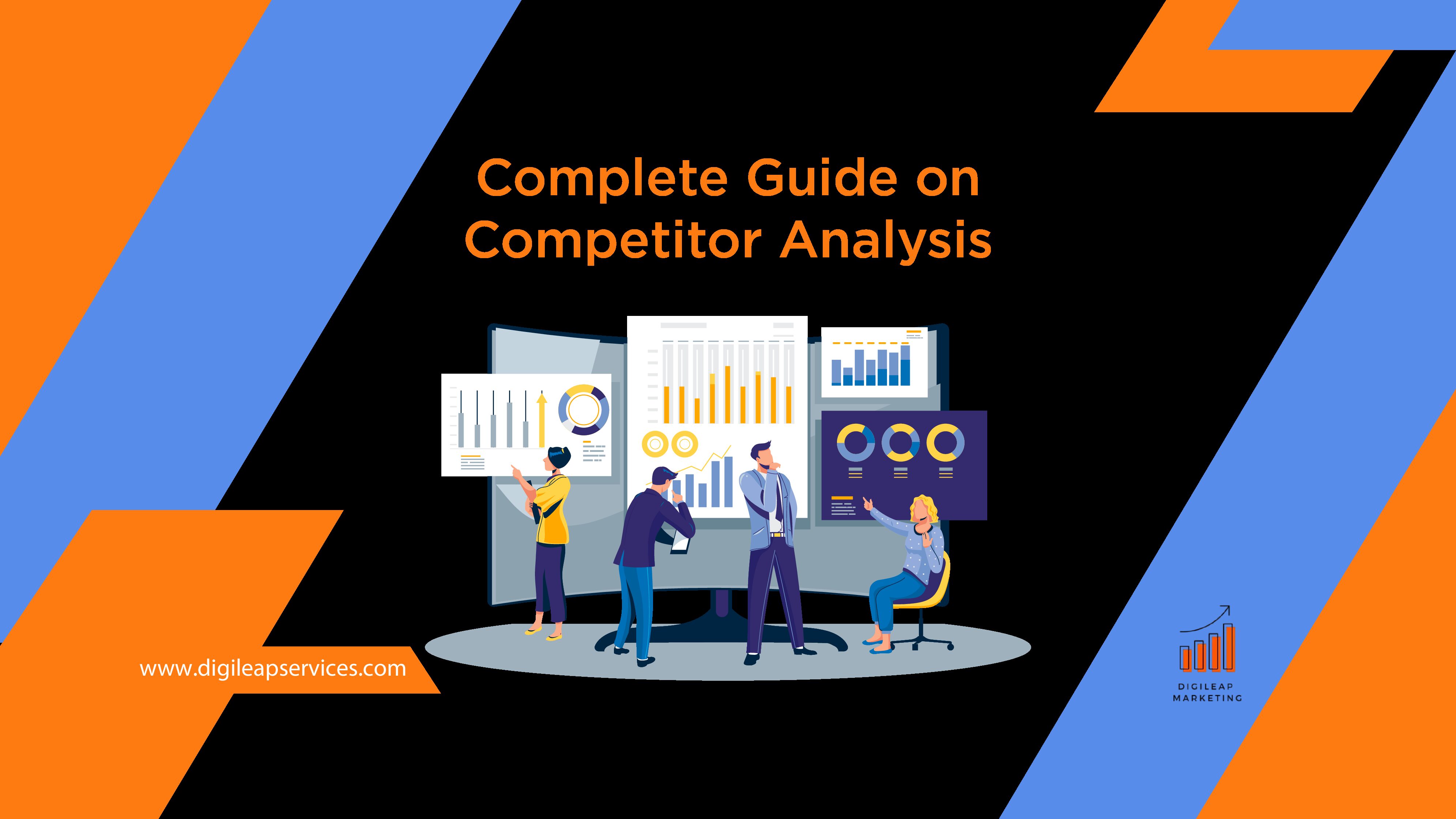Strategies for Successful Email List Building
What is an email list?
An email list is a list of email addresses and other information, such as names, genders, and locations, that is created by obtaining data from clients, website visitors, event attendees, etc. Email List building is the practice of gathering email addresses from site users, clients, and other clients of a business. A website, social media pages, events, sign-up sheets in-store, and other methods can all be used to do this.
How can a mailing list be made?
Email list building is possible through the use of social network accounts, pop-up windows, embedded signup forms, and website pages. During your events or on sign-up sheets in-store, you may easily create a mailing list offline.
Why is compiling a list so crucial?
Prospects on an email list can be crucial to the outcome of your marketing campaigns, regardless of the size of your company. Easy-to-track performance measures that show marketers what they’re doing well and what needs improvement include email open rate, click-through rate, and conversion rate. Marketers may determine whether their audience is interested in the material they are creating, for instance, by looking at email open rates or click-through rates.
How to use your website to create an email list?
- Use embedded registration forms
This is the oldest method of obtaining email subscribers is probably using embedded signup forms. The visible parts of high-traffic pages, such as headers, footers, sidebars, and splash pages, should have static embedded forms. Embedded forms have the advantage of being subtle. They merely serve to remind the visitor that signing up is an option they have, nothing more. They work best when combined with more proactive and innovative list-building techniques.
- Use overlays and pop-ups
According to studies, pop-up conversion rates range from 11.09% on average to 42% for the top 10%. These statistics are enticing on their own, but you should employ pop-ups with caution and take into account Google’s transitional ad standards. If you don’t, you could be fined. The recommendations outline how pop-ups should be used “properly,” in Google’s opinion. The key points are:
- Don’t display a pop-up that covers the primary content either right away once a user arrives at the website via a search or while they are browsing through the page.
- Avoid displaying isolated advertisements that users must close in order to access the content.
- Avoid using page layouts where the original text is inserted behind the fold and the above-the-fold portion of the page resembles a separate interstitial.
- Welcome pop-ups
Most often during the first 15 seconds of them coming on the landing page, welcome pop-ups are used to welcome visitors to the site. A welcome pop-up needs to have a compelling call to action in order to avoid being ignored as annoying. The best practices involve providing a discount, a sales alert, additional information about your USPs, or any other kind of value exchange in exchange for the visitor’s email address. Keep welcome pop-ups as straightforward as you can. Most only have one field that asks for an email address. Multiple-field forms that are difficult to fill out and have poor copy have lower conversion rates. Timing is crucial in this situation, so you must choose a time that is appropriate for the page you are using to deploy this pop-up. Utilizing Google Analytics, you may discover the usual time of day to create a welcome pop-up.
- Advertising pop-ups
While a customer is shopping, promotional pop-ups can emerge and make use of special deals and discounts. Promotional pop-ups show up while you are actively surfing the website, as opposed to welcome pop-ups that display when you first visit or exit intent pop-ups that appear as you prepare to leave. Your promotional pop-up must be relevant if you want it to convert well. Determine where your customer is in the buying process, to begin with, and then customize your campaign to push them along.
- Request for notification signup
The use of multiple notifications is one method for growing email lists that is effective. These can appear as overlays on landing sites, be statically built within product pages, or be placed in sliders on page headers, depending on the type of notification.
- Notifications of pre-sales
Pre-sale notifications are a successful e-commerce list-building tool that makes use of convenience and psychological marketing techniques like urgency, scarcity, and exclusivity. Pre-sale notifications are a useful reminder for busy customers who might wish to shop your deal but don’t have time to check back on your page in advance. Shoppers will be more eager to provide their information out of convenience so they don’t lose out on great offers.
- Alerts of fresh collections
By encouraging customers to register for new services, you may also give customers special access. Getting alerts for new collections would add to customers’ want of purchasing your product.
To sum up, email list building will likely continue to be the most well-liked and successful marketing tactic well into the year 2023. Email marketing excels at connecting with clients on a personal level. A well-curated and highly personalized email list will undoubtedly increase repeat traffic to your eCommerce website.
As you create your email list, don’t forget to carefully choose and examine the landing page you’ll use to collect email addresses. It’s best to test and learn, so don’t be unwilling to try something different. Subscribe to Digileap marketing services Newsletter to stay updated with the content posted.












